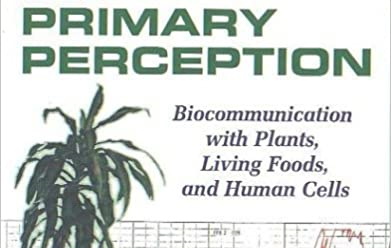Evidence of a Primary Perception in Plants The overall implications derived from explorations to date seem important, but they also reveal the present inadequacy of answers relating to the basic nature of this phenomenon, its fundamental characteristics, its geographical limits, its mode of transmission, its susceptibility to shielding, its influence on matter, its information retention capabilities, its stimuli, discrimination capabilities…
Plant perception or biocommunication is the paranormal idea that plants are sentient, that they respond to humans in a manner that amounts to ESP, and that they experience a range of emotions or parapsychological states. Since plants lack nervous systems paranormal claims regarding plant perception are considered pseudoscience by the scientific community.
Plant perception is the ability of plants to sense and respond to the environment by adjusting their morphology and physiology. Botanical research has revealed that plants are capable of reacting to a broad range of stimuli, including chemicals, gravity, light, moisture, infections, temperature, oxygen and carbon dioxide concentrations, parasite infestation, disease, physical disruption, sound, and touch. The scientific study of plant perception is informed by numerous disciplines, such as plant physiology, ecology, and molecular biology.
- Wikipedia-en: Cleve Backster
- Wikipedia-en: Plant perception (paranormal)
- Wikipedia-en: Plant perception (physiology)



Impressum